ICGOO在线商城 > 集成电路(IC) > PMIC - 稳压器 - 线性 > MIC39101-3.3YM
- 型号: MIC39101-3.3YM
- 制造商: Micrel
- 库位|库存: xxxx|xxxx
- 要求:
| 数量阶梯 | 香港交货 | 国内含税 |
| +xxxx | $xxxx | ¥xxxx |
查看当月历史价格
查看今年历史价格
MIC39101-3.3YM产品简介:
ICGOO电子元器件商城为您提供MIC39101-3.3YM由Micrel设计生产,在icgoo商城现货销售,并且可以通过原厂、代理商等渠道进行代购。 MIC39101-3.3YM价格参考¥10.89-¥10.89。MicrelMIC39101-3.3YM封装/规格:PMIC - 稳压器 - 线性, Linear Voltage Regulator IC Positive Fixed 1 Output 3.3V 1A 8-SOIC。您可以下载MIC39101-3.3YM参考资料、Datasheet数据手册功能说明书,资料中有MIC39101-3.3YM 详细功能的应用电路图电压和使用方法及教程。
Microchip Technology的MIC39101-3.3YM是一款低功耗、高精度的线性稳压器(PMIC - Power Management IC),广泛应用于对电源稳定性要求较高的场景。以下是其主要应用场景:
1. 便携式电子设备
- MIC39101-3.3YM因其低静态电流(典型值为2µA)和高效率特性,非常适合用于电池供电的便携式设备,如:
- 智能手环/手表
- 便携式医疗设备(如血糖仪、脉搏血氧仪)
- 遥控器和无线传感器节点
2. 嵌入式系统
- 在需要稳定3.3V输出电压的嵌入式系统中,该器件能够提供可靠的电源支持。例如:
- 工业控制模块
- 物联网(IoT)设备
- 数据采集系统
3. 通信设备
- 对于低噪声电源需求的通信应用,MIC39101-3.3YM的低噪声特性使其成为理想选择,例如:
- 蓝牙模块
- Wi-Fi模组
- GPS接收器
4. 消费类电子产品
- 该稳压器适用于各种消费类电子产品,尤其是那些对功耗敏感的产品,如:
- 数码相机
- MP3播放器
- 电子阅读器
5. 汽车电子
- 在某些低功耗汽车子系统中,MIC39101-3.3YM可以为传感器或控制单元供电,例如:
- 温度传感器
- 车载信息娱乐系统的辅助模块
核心优势
- 低功耗:静态电流极低,延长电池寿命。
- 高精度:输出电压精度可达±2%,确保系统稳定运行。
- 小封装:采用SOT-23-5封装,节省PCB空间。
- 快速响应:适合负载瞬态变化较大的应用。
综上所述,MIC39101-3.3YM凭借其高效、低功耗和高精度的特点,在便携式设备、嵌入式系统、通信设备以及消费类电子产品中具有广泛的应用价值。
| 参数 | 数值 |
| 产品目录 | 集成电路 (IC)半导体 |
| 描述 | IC REG LDO 3.3V 1A 8SOIC低压差稳压器 1.0A 1.0% Fixed Voltage LDO in Power SOIC8 Pkg(Lead Free) |
| 产品分类 | |
| 品牌 | Micrel |
| 产品手册 | |
| 产品图片 |
|
| rohs | 符合RoHS无铅 / 符合限制有害物质指令(RoHS)规范要求 |
| 产品系列 | 电源管理 IC,低压差稳压器,Micrel MIC39101-3.3YM- |
| 数据手册 | |
| 产品型号 | MIC39101-3.3YM |
| 产品目录页面 | |
| 产品种类 | 低压差稳压器 |
| 供应商器件封装 | 8-SOIC |
| 其它名称 | 576-1782-5 |
| 包装 | 管件 |
| 商标 | Micrel |
| 回动电压—最大值 | 630 mV |
| 安装类型 | 表面贴装 |
| 安装风格 | SMD/SMT |
| 封装 | Tube |
| 封装/外壳 | 8-SOIC(0.154",3.90mm 宽) |
| 封装/箱体 | SOIC-8 |
| 工作温度 | -40°C ~ 125°C |
| 工厂包装数量 | 95 |
| 最大工作温度 | + 125 C |
| 最大输入电压 | 16 V |
| 最小工作温度 | - 40 C |
| 最小输入电压 | 2.25 V |
| 标准包装 | 95 |
| 电压-跌落(典型值) | 0.41V @ 1A |
| 电压-输入 | 最高 16V |
| 电压-输出 | 3.3V |
| 电压调节准确度 | 1 % |
| 电流-输出 | 1A |
| 电流-限制(最小值) | - |
| 稳压器拓扑 | 正,固定式 |
| 稳压器数 | 1 |
| 系列 | MIC39101 |
| 线路调整率 | 0.06 % |
| 负载调节 | 0.2 % |
| 输出电流 | 1 A |
| 输出端数量 | 1 Output |
| 输出类型 | Fixed |

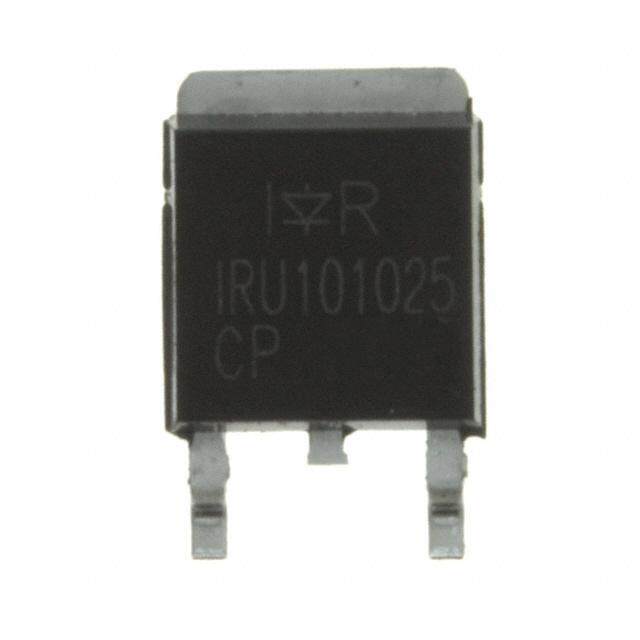
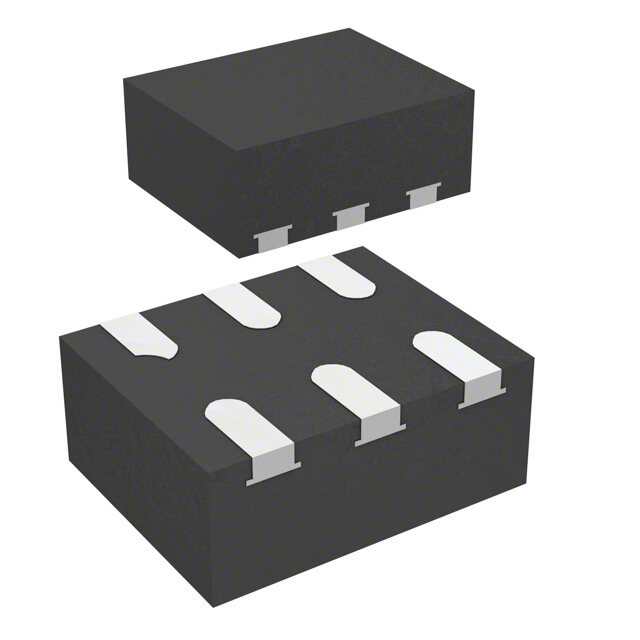






- 商务部:美国ITC正式对集成电路等产品启动337调查
- 曝三星4nm工艺存在良率问题 高通将骁龙8 Gen1或转产台积电
- 太阳诱电将投资9.5亿元在常州建新厂生产MLCC 预计2023年完工
- 英特尔发布欧洲新工厂建设计划 深化IDM 2.0 战略
- 台积电先进制程称霸业界 有大客户加持明年业绩稳了
- 达到5530亿美元!SIA预计今年全球半导体销售额将创下新高
- 英特尔拟将自动驾驶子公司Mobileye上市 估值或超500亿美元
- 三星加码芯片和SET,合并消费电子和移动部门,撤换高东真等 CEO
- 三星电子宣布重大人事变动 还合并消费电子和移动部门
- 海关总署:前11个月进口集成电路产品价值2.52万亿元 增长14.8%
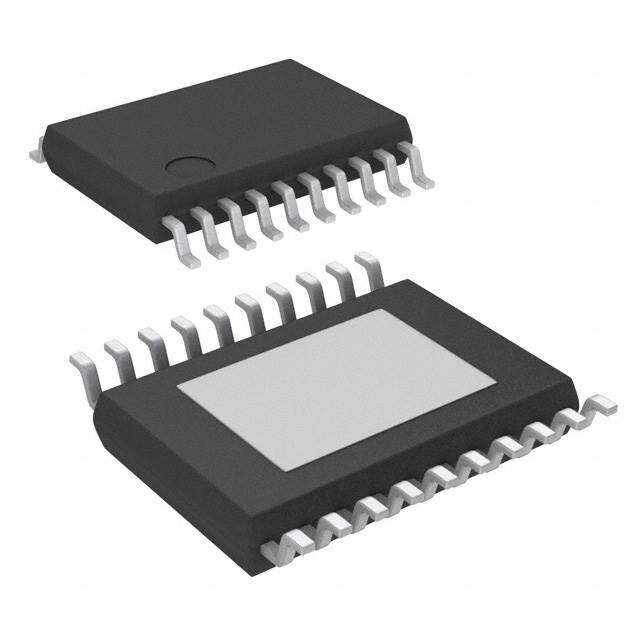
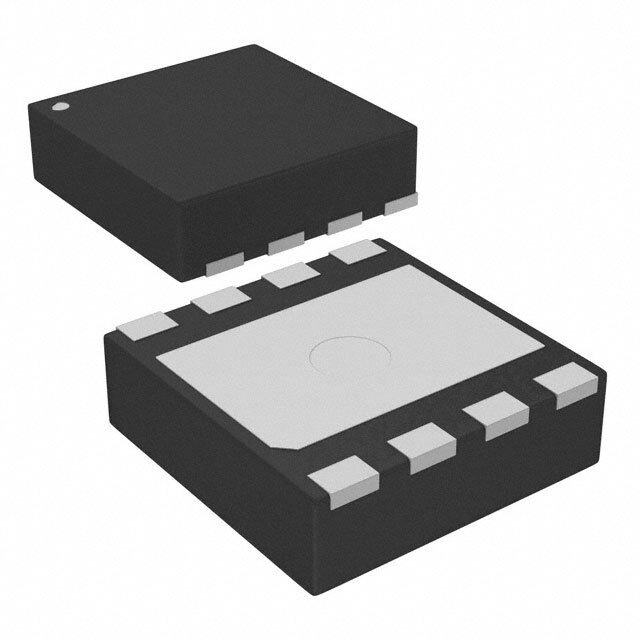
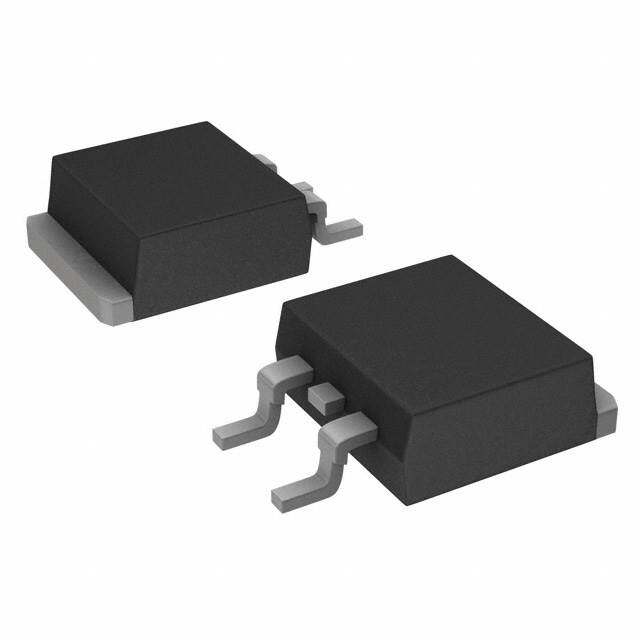
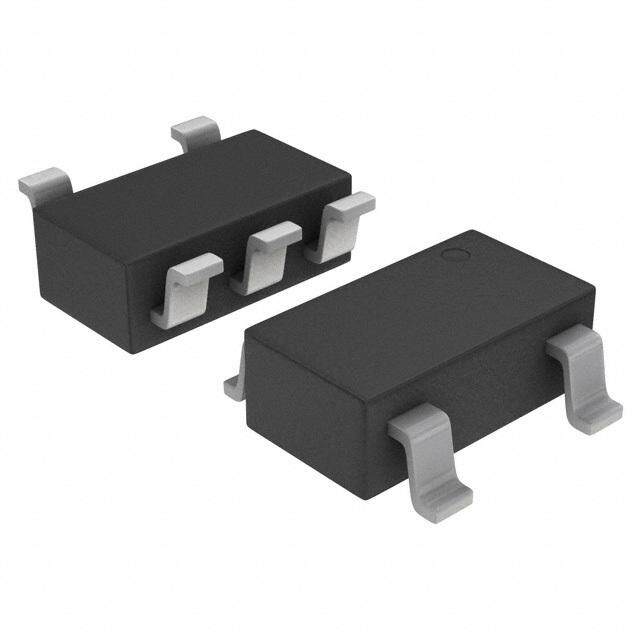
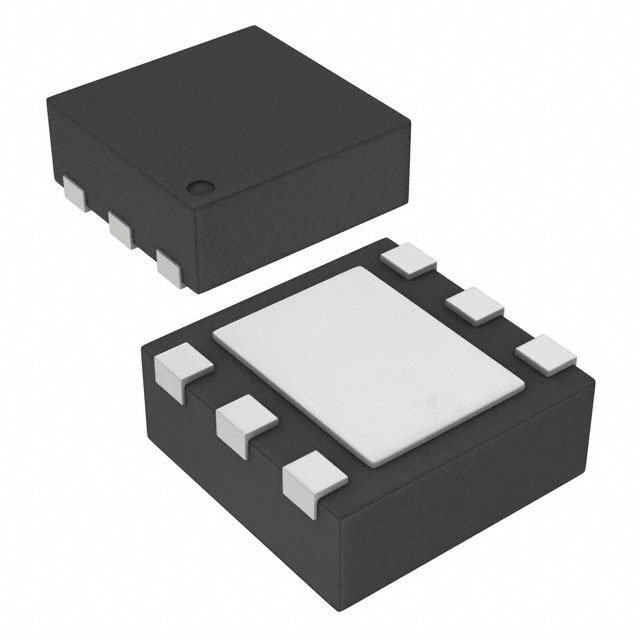


PDF Datasheet 数据手册内容提取
MIC39100/1/2 1A, Low-Voltage, Low-Dropout Regulator General Description Features The MIC39100, MIC39101, and MIC39102 are 1A low- • Fixed and adjustable output voltages to 1.24V dropout linear voltage regulators that provide low-voltage, • 410mV typical dropout at 1A high-current output from an extremely small package. − Ideal for 3.0V to 2.5V conversion Utilizing Micrel’s proprietary Super βeta PNP® pass − Ideal for 2.5V to 1.8V conversion element, the MIC39100/1/2 offers extremely low dropout (typically 410mV at 1A) and low ground current (typically • 1A minimum guaranteed output current 11mA at 1A). • 1% initial accuracy The MIC39100 is a fixed output regulator offered in the • Low ground current SOT-223 package. The MIC39101 and MIC39102 are • Current-limiting and thermal-shutdown protection fixed and adjustable regulators, respectively, in a thermally • Reversed-battery and reversed-leakage protection enhanced power 8-lead SOIC package. • Fast transient response The MIC39100/1/2 is ideal for PC add-in cards that need • Low-profile SOT-223 package to convert from standard 5V to 3.3V, 3.3V to 2.5V or 2.5V • Power SO-8 package to 1.8V. A guaranteed maximum dropout voltage of 630mV over all operating conditions allows the MIC39100/1/2 to Applications provide 2.5V from a supply as low as 3.13V and 1.8V from a supply as low as 2.43V. • LDO linear regulator for PC add-in cards • High-efficiency linear power supplies The MIC39100/1/2 is fully protected with overcurrent limiting, thermal-shutdown, and reverse-battery protection. • SMPS post regulator Fixed voltages of 5.0V, 3.3V, 2.5V, and 1.8V are available • Multimedia and PC processor supplies on MIC39100/1 with adjustable output voltages to 1.24V • Battery chargers on MIC39102. • Low-voltage microcontrollers and digital logic Datasheets and support documentation are available on Micrel’s web site at: www.micrel.com. Typical Applications 2.5V/1A Regulator 2.5V/1A Regulator with Error Flag 1.5V/1A Adjustable Regulator Super βeta PNP is a registered trademark of Micrel, Inc. Micrel Inc. • 2180 Fortune Drive • San Jose, CA 95131 • USA • tel +1 (408) 944-0800 • fax + 1 (408) 474-1000 • http://www.micrel.com June 3, 2015 Revision 3.0
Micrel, Inc. MIC39100/1/2 Ordering Information Part Number Voltage EN Flag Adjustable Junction Temperature Range Package MIC39100-1.8WS(1) 1.8V –40°C to +125°C SOT-223 MIC39100-2.5WS(1) 2.5V –40°C to +125°C SOT-223 MIC39100-3.3WS(1) 3.3V –40°C to +125°C SOT-223 MIC39100-5.0WS(1) 5.0V –40°C to +125°C SOT-223 MIC39101-1.8YM 1.8V √ √ –40°C to +125°C SOIC-8 MIC39101-2.5YM 2.5V √ √ –40°C to +125°C SOIC-8 MIC39101-3.3YM 3.3V √ √ –40°C to +125°C SOIC-8 MIC39101-5.0YM 5.0V √ √ –40°C to +125°C SOIC-8 MIC39102YM Adjustable √ √ –40°C to +125°C SOIC-8 Note: 1. RoHS-compliant with “high-melting solder” exemption. Pin Configuration MIC39100-xx Fixed SOT-223 (S) (Top View) MIC39101-xx MIC39102 Fixed Adjustable SOIC-8 (M) SOIC-8 (M) (Top View) (Top View) June 3, 2015 2 Revision 3.0
Micrel, Inc. MIC39100/1/2 Pin Description Part Number Part Number Part Number Pin Name Pin Function MIC39100 MIC39101 MIC39102 Enable (Input): CMOS-compatible control input. Logic HIGH = 1 1 EN enable; logic LOW or OPEN = shutdown. 1 2 2 IN Supply (Input) 3 3 3 OUT Regulator Output. Flag (Output): Open-collector error flag output. Active LOW = 4 FLG output undervoltage. Adjustable Input: Feedback input. Connect to resistive voltage- 4 ADJ divider network. 2, TAB 5 − 8 5 − 8 GND Ground. June 3, 2015 3 Revision 3.0
Micrel, Inc. MIC39100/1/2 (2) (3) Absolute Maximum Ratings Operating Ratings Supply Voltage (V ) ....................................... −20V to +20V Supply Voltage (V ) .................................... +2.25V to +16V IN IN Enable Voltage (V ) .................................................... +20V Enable Voltage (V ) .................................................... +16V EN EN Lead Temperature (soldering, 5s) .............................. 260°C Maximum Power Dissipation (P ) ....................... Note 4 D(MAX) Storage Temperature (T ) ......................... −65°C to +150°C Junction Temperature (T ) ........................ −40°C to +125°C S J ESD Rating ................................................................. Note 5 Package Thermal Resistance SOT-223 (θ ) .................................................. +15°C/W JC SOIC-8 (θ ) ..................................................... +20°C/W JC (6) Electrical Characteristics VIN = VOUT + 1V; VEN = 2.25V; TJ = 25°C, bold values indicate –40°C ≤ TJ ≤ +125°C, unless noted. Symbol Parameter Condition Min. Typ. Max. Units 10mA −1 +1 V Output Voltage % OUT 10mA ≤ IOUT ≤ 1A, VOUT +1V ≤ VIN ≤ 8V −2 +2 Line Regulation I = 10mA, V + 1V ≤ V ≤ 16V 0.06 0.5 % OUT OUT IN Load Regulation V = V + 1V, 10mA ≤ I ≤ 1A 0.2 1 % IN OUT OUT Output Voltage Temperature ∆VOUT/∆T Coefficient(7) 40 100 ppm/°C 200 I = 100mA, ∆V = −1% 140 OUT OUT 250 I = 500mA, ∆V = −1% 275 V Dropout Voltage(8) OUT OUT mV DO I = 750mA, ∆V = −1% 300 500 OUT OUT 550 I = 1A, ∆V = −1% 410 OUT OUT 630 I = 100mA, V = V + 1V 400 µA OUT IN OUT I = 500mA, V = V + 1V 4 I Ground Current(9) OUT IN OUT GND I = 750mA, V = V + 1V 6.5 mA OUT IN OUT IOUT = 1A, VIN = VOUT + 1V 11 20 I Current Limit V = 0V, V = V + 1V 1.8 2.5 A OUT(LIM) OUT IN OUT Notes: 2. Exceeding the absolute maximum ratings may damage the device. 3. The device is not guaranteed to function outside its operating ratings. 4. P = (T − T ) ÷ θ , where θ depends upon the printed circuit layout (see Applications Information). D(MAX) J(MAX) A JA JA 5. Devices are ESD sensitive. Handling precautions are recommended. Human body model, 1.5kΩ in series with 100pF. 6. Specification for packaged product only. 7. Output voltage temperature coefficient is ∆V ÷ (T − TJ ), where T = +125°C and T = −40°C. OUT(WORST CASE) J(MAX) (MIN) J(MAX) J(MIN) 8. V = V – V when V decreases to 99% of its nominal output voltage with V = V + 1V. For output voltages below 2.25V, dropout voltage is DO IN OUT OUT IN OUT the input-to-output voltage differential with the minimum input voltage being 2.25V. Minimum input operating voltage is 2.25V. 9. I is the quiescent current (I = I + I ). GND IN GND OUT June 3, 2015 4 Revision 3.0
Micrel, Inc. MIC39100/1/2 (6) Electrical Characteristics VIN = VOUT + 1V; VEN = 2.25V; TJ = 25°C, bold values indicate –40°C ≤ TJ ≤ +125°C, unless noted. Symbol Parameter Condition Min. Typ. Max. Units Enable Input Logic LOW (Off) 0.8 V Enable Input Voltage V EN Logic HIGH (On) 2.25 1 15 30 V = 2.25V EN 75 I Enable Input Current µA EN 2 V = 0.8V EN 4 Flag Output 1 I Output Leakage Voltage V = 16V 0.01 µA FLG(LEAK) OH 2 300 V Output Low Voltage V = 2.250V, I = 250µA(10) 210 mV FLG(DO) IN OL 400 Low Threshold % of V 93 OUT V High Threshold % of V 99.2 % FLG OUT Hysteresis 1 MIC39102 Only 1.228 1.252 I = 10mA 1.240 OUT Reference Voltage 1.215 1.265 V Note 11 1.203 1.277 80 Adjust Pin Bias Current 40 nA 120 Reference Voltage 20 ppm/°C Temperature Coefficient Adjust Pin Bias Current 0.1 nA/°C Temperature Coefficient Notes: 10. For a 2.5V device, V = 2.250V (device is in dropout). IN 11. V ≤ V ≤ (V – 1V), 2.25V ≤ V ≤ 16V, 10mA ≤ I ≤ 1A, T = T . REF OUT IN IN L J MAX June 3, 2015 5 Revision 3.0
Micrel, Inc. MIC39100/1/2 Typical Characteristics June 3, 2015 6 Revision 3.0
Micrel, Inc. MIC39100/1/2 Typical Characteristics (Continued) June 3, 2015 7 Revision 3.0
Micrel, Inc. MIC39100/1/2 Typical Characteristics (Continued) June 3, 2015 8 Revision 3.0
Micrel, Inc. MIC39100/1/2 Functional Characteristics June 3, 2015 9 Revision 3.0
Micrel, Inc. MIC39100/1/2 Functional Diagrams MIC39100 Fixed Regulator Block Diagram MIC39101 Fixed Regulator with Flag and Enable Block Diagram MIC39102 Adjustable Regulator Block Diagram June 3, 2015 10 Revision 3.0
Micrel, Inc. MIC39100/1/2 Applications Information The value of the output capacitor can be increased without limit. Higher capacitance values help to improve transient The MIC39100/1/2 is a high-performance low-dropout response and ripple rejection and reduce output noise. voltage regulator suitable for moderate to high-current voltage regulator applications. Its 630mV dropout voltage Input Capacitor at full load and overtemperature makes it especially An input capacitor of 1µF or greater is recommended when valuable in battery-powered systems and as high- the device is more than four inches away from the bulk ac efficiency noise filters in post-regulator applications. Unlike supply capacitance or when the supply is a battery. Small, older NPN-pass transistor designs, where the minimum surface mount, ceramic chip capacitors can be used for dropout voltage is limited by the base-to-emitter voltage bypassing. Larger values will help to improve ripple drop and collector-to-emitter saturation voltage, dropout rejection by bypassing the input to the regulator, further performance of the PNP output of these devices is limited improving the integrity of the output voltage. only by the low V saturation voltage. CE Error Flag A trade-off for the low dropout voltage is a varying base The MIC39101 features an error flag (FLG), which drive requirement. Micrel’s Super βeta PNP process monitors the output voltage and signals an error condition reduces this drive requirement to only 2% of the load when this voltage drops 5% below its expected value. The current. error flag is an open-collector output that pulls low under fault conditions and may sink up to 10mA. Low output The MIC39100/1/2 regulator is fully protected from voltage signifies a number of possible problems, including damage due to fault conditions. Linear current limiting is an overcurrent fault (the device is in current limit) or low provided. Output current during overload conditions is input voltage. The flag output is inoperative during constant. Thermal shutdown disables the device when the overtemperature conditions. A pull-up resistor from FLG to die temperature exceeds the maximum safe operating either VIN or VOUT is required for proper operation. For temperature. Transient protection allows device (and load) information regarding the minimum and maximum values survival even when the input voltage spikes above and of pull-up resistance, refer to the related graph in the below nominal. The output structure of these regulators Typical Characteristics section of the datasheet. allows voltages in excess of the desired output voltage to be applied without reverse current flow. Enable Input The MIC39101 and MIC39102 feature an active-HIGH enable input (EN) that allows on/off control of the regulator. Current drain reduces to zero when the device is shutdown, with only microamperes (µA) of leakage current. The EN input has TTL/CMOS-comparable thresholds for simple logic interfacing. EN can be directly tied to VIN and pulled-up to the maximum supply voltage. Transient Response and 3.3V to 2.5V or 2.5V to 1.8V Conversion Figure 1. Capacitor Requirements The MIC39100/1/2 has excellent transient response to variations in input voltage and load current. The device Output Capacitor has been designed to respond quickly to load current The MIC39100/1/2 requires an output capacitor to variations and input voltage variations. Large output maintain stability and improve transient response. Proper capacitors are not required to obtain this performance. A capacitor selection is important to ensure proper operation. standard 10µF output capacitor, preferably tantalum, is all The MIC39100/1/2 output capacitor selection is dependent that is required. Larger values help to improve upon the equivalent series resistance (ESR) of the output performance even further. capacitor to maintain stability. When the output capacitor is By virtue of its low-dropout voltage, this device does not 10µF or greater, the output capacitor should have an ESR saturate into dropout as readily as similar NPN-based less than 2Ω. This will improve transient response as well designs. When converting from 3.3V to 2.5V or 2.5V to as promote stability. Ultra-low ESR capacitors (<100mΩ), 1.8V, the NPN based regulators are already operating in such as ceramic-chip capacitors, may promote instability. dropout, with typical dropout requirements of 1.2V or These very low ESR levels may cause an oscillation greater. To convert down to 2.5V or 1.8V without operating and/or underdamped transient response. A low-ESR solid in dropout, NPN-based regulators require an input voltage tantalum capacitor works extremely well and provides of 3.7V at the very least. good transient response and stability over temperature. Aluminum electrolytics can also be used, as long as the ESR of the capacitor is <2Ω. June 3, 2015 11 Revision 3.0
Micrel, Inc. MIC39100/1/2 The MIC39100 regulator will provide excellent Lower thermal resistance is achieved by joining the four performance with an input as low as 3.0V or 2.5V ground leads with the die attach paddle to create a single- respectively. This gives the PNP-based regulators a piece electrical and thermal conductor. This concept has distinct advantage over older, NPN-based linear been used by MOSFET manufacturers for years, proving regulators. very reliable and cost effective for the user. Minimum Load Current Thermal resistance consists of two main elements, θ JC The MIC39100/1/2 regulator is specified between finite (junction-to-case thermal resistance) and θCA (case-to- loads. If the output current is too small, leakage currents ambient thermal resistance, see Figure 3). θ is the JC dominate and the output voltage rises. A 10mA minimum resistance from the die to the leads of the package. θ is CA load current is necessary for proper regulation. the resistance from the leads to the ambient air and it includes θ (case- to-sink thermal resistance) and θ Adjustable Regulator Design CS SA (sink-to-ambient thermal resistance). The MIC39102 allows programming the output voltage anywhere between 1.24V and the 16V maximum operating rating of the family. Two resistors are used. Resistors can be quite large, up to 1MΩ, because of the very high input impedance and low bias current of the sense comparator: The resistor values are calculated by Equation 1: V R1=R2 OUT −1 Eq. 1 1.240V Where V is the desired output voltage (Figure 2 shows OUT component definition). Applications with widely varying load currents may scale the resistors to draw the minimum load current required for proper operation (Figure 2). Figure 3. Thermal Resistance Using the power SOIC-8 reduces the θ dramatically and JC allows the user to reduce θ . The total thermal resistance, CA θ , (junction-to-ambient thermal resistance) is the limiting JA factor in calculating the maximum power dissipation capability of the device. Typically, the power SOIC-8 has a θ of 20°C/W, which is significantly lower than the JC standard SOIC-8 (typically 75°C/W). θ is reduced due to CA the capability of soldering Pins 5 − 8 directly to a ground plane. This significantly reduces the case-to-sink thermal R1 resistance as well as the sink-to-ambient thermal V =1.240V1+ OUT resistance. R2 Low-dropout linear regulators from Micrel are rated to a Figure 2. Adjustable Regulator with Resistors maximum junction temperature of 125°C. It is important not to exceed this maximum junction temperature during operation of the device. To prevent this maximum junction Power SOIC-8 Thermal Characteristics temperature from being exceeded, the appropriate ground One of the secrets of the MIC39101/2’s performance is its plane heat sink must be used. power SO-8 package. Lower thermal resistance means more output current or higher input voltage for a given Figure 4 shows copper area versus power dissipation with package size. each trace corresponding to a different temperature rise above ambient. June 3, 2015 12 Revision 3.0
Micrel, Inc. MIC39100/1/2 From Figure 4, the minimum amount of copper required to operate this application at a ∆T of 75°C is 160mm2. Quick Method Determine the power dissipation requirements for the design along with the maximum ambient temperature at which the device will be operated. Refer to Figure 5, which shows safe operating curves for three different ambient temperatures: 25°C, 50°C, and 85°C. From these curves, the minimum amount of copper can be determined by knowing the maximum power dissipation required. If the maximum ambient temperature is 50°C and the power dissipation is as above, 836mW, the curve in Figure 5 Figure 4. Copper Area vs. Power SOIC shows that the required area of copper is 160mm2. Power Dissipation (∆TJA) The θ of this package is ideally 63°C/W, but it will vary JA depending upon the availability of copper ground plane to From these curves, the minimum area of copper which it is attached. necessary for the part to operate safely can be determined. The maximum allowable temperature rise must be calculated to determine operation along which curve. For example, the maximum ambient temperature is 50°C, the ∆T is determined as in Equation 2: ∆T = 125°C – 50°C ∆T = 75°C Eq. 2 Where: ∆T = TJ(MAX) − TA(MAX) Figure 5. Copper Area vs. Power SOIC T = 125°C Power Dissipation (TA) J(MAX) T = Maximum ambient operating temperature A(MAX) Using Figure 4, the minimum amount of required copper can be determined based on the required power dissipation. Power dissipation in a linear regulator is calculated as in Equation 3: P = (V – V ) I + V × I Eq. 3 D IN OUT OUT IN GND If we use a 2.5V output device and a 3.3V input at an output current of 1A, then our power dissipation is as in Equation 4: P = (3.3V – 2.5V) × 1A + 3.3V × 11mA D P = 800mW + 36mW Eq. 4 D P = 836mW D June 3, 2015 13 Revision 3.0
Micrel, Inc. MIC39100/1/2 (12) Package Information and Recommended Landing Pattern 8-Pin SOIC (M) Note: 12. Package information is correct as of the publication date. For updates and most current information, go to www.micrel.com. June 3, 2015 14 Revision 3.0
Micrel, Inc. MIC39100/1/2 (12) Package Information and Recommended Landing Pattern 3-Pin SOT-223 (S) June 3, 2015 15 Revision 3.0
Micrel, Inc. MIC39100/1/2 June 3, 2015 16 Revision 3.0
Micrel, Inc. MIC39100/1/2 Revision History Date Change Description/Edits by: Rev. 07/25/05 Initial release of datasheet. No editable file available on Marcom server. 1.0 “B” rev created; no listing of significant changes/edits made present. No editable file available on Marcom 08/25/05 2.0 server. Complete overhaul of DS, including changes to Applications, Electrical Characteristics(6) table and Notes, 06/03/15 Applications Information, and Package Information and Recommended Landing Pattern(12). 3.0 June 3, 2015 17 Revision 3.0
Mouser Electronics Authorized Distributor Click to View Pricing, Inventory, Delivery & Lifecycle Information: M icrel: MIC39100-3.3WS TR MIC39102YM TR MIC39101-1.8YM TR MIC39100-2.5WS TR MIC39101-3.3YM TR M icrochip: MIC39101-2.5YM MIC39101-3.3YM MIC39101-1.8YM MIC39101-5.0YM MIC39102YM MIC39100-1.8WS MIC39100-5.0WS MIC39100-2.5WS MIC39100-3.3WS MIC39100-1.8WS-TR MIC39100-5.0WS-TR MIC39100- 3.3WS-TR MIC39101-2.5YM-TR MIC39102YM-TR MIC39100-2.5WS-TR MIC39101-5.0YM-TR
/MIC39101-3.3YM.jpg)
 Datasheet下载
Datasheet下载


